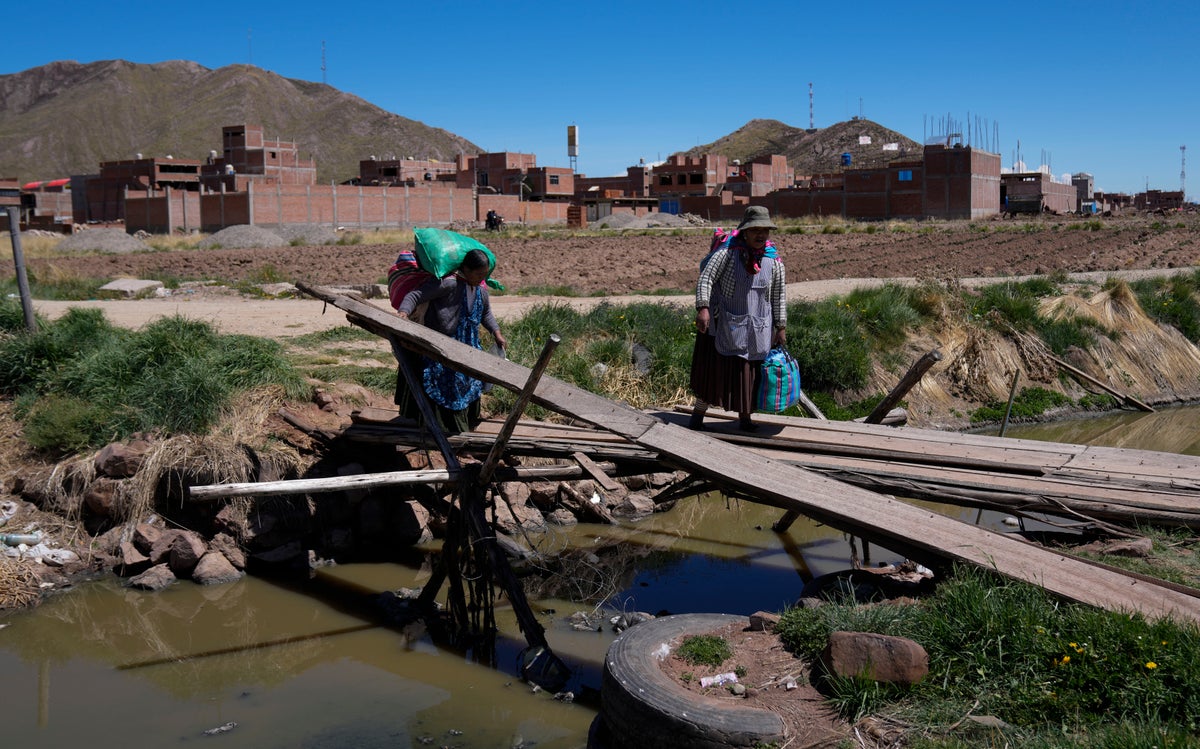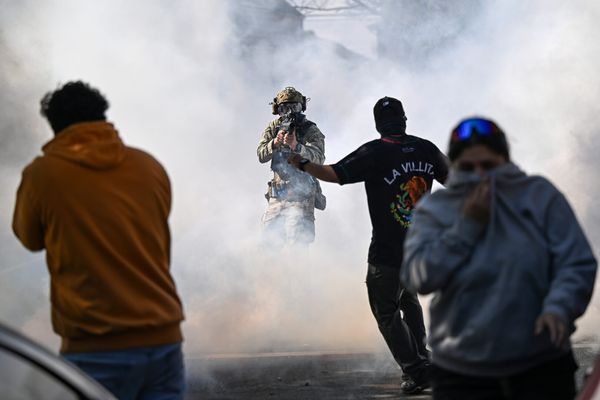
Protesters ended blockades Wednesday that had largely isolated the rich Santa Cruz region from the rest of Bolivia for more than 15 days, but leaders said the roadblocks could resume to press demands that the goverment free the region’s governor.
Gov. Luis Fernando Camacho, who is widely considered leader of opposition to Bolivia’s left-leaning national government, was detained late last year on “terrorism” charges related to previous demonstrations.
“It has been decided to lift the blockades,” said José Ernesto Serrate, head of rural areas for the Civic Committee for Santa Cruz. “We don’t discard that we will return with our measures” in the future.
Leaders of the Civic Committee persuaded rural groups to lift the highway blockages pending a large town hall Jan. 25 at which participants will vote on how to continue with protests demanding the release of Camacho.
Camacho, who placed third in Bolivia’s 2020 presidential election, is in a maximum security prison outside La Paz after a judge ordered he be held for four months while prosecutors pursue their investigation against him.
There was uncertainty among leaders of the Civic Committee of Santa Cruz about whether all blockades had been lifted Wednesday morning, a reflection of the frustration that leaders in rural areas felt at being asked to lift the roadblocks while Camacho remained imprisoned.
“It was a very difficult meeting,” said Rosario Flores, a leader in the Civic Committe who took part in the meeting with leaders from the rural areas. “The pressure from everybody was very strong.”
Those carrying out the blockades “didn’t want to lift them,” she said. “There wasn’t a lot of consensus but we were able to achieve it” by promising that “on the day of the town hall we will make more definitive decisions.”
Bolivian state televisión said a few small blockades remained in place but the main ones had been lifted and buses were leaving normally from the Santa Cruz station.
“There are no blockades but we’re still in a state of emergency,” Serrate told local media on Wednesday afternoon.
Roadblocks went up in Santa Cruz, the eastern region that is Bolivia’s economic engine and farming hub, shortly after Camacho was detained Dec. 28.
He is held on charges stemming from protests that led to the 2019 resignation of then-President Evo Morales. Morales’s party, which has since returned to power, accuses Camacho of orchestrating the protests and calls them a coup. The unrest resulted in 37 deaths.
Camacho and his supporters dispute the coup label, saying the 2019 protests were a legitimate response to elections that the Organization of American States said were marred by fraud and designed to keep Morales in power.
Shortly after Camacho’s detention a series of nightly protests also erupted in the city of Santa Cruz, a bastion of the opposition. Demonstrators clashed with police and several people were injured and several public buildings set on fire. The administration of President Luis Arce has accused the protesters of fomenting violence.
The Inter-American Commission of Human Rights said it was keeping a close eye on the protests and condemned “all types of violence.”
The region’s top rights watchdog said in a news release that it “emphatically rejects the accusations of excessive use of force by security forces as well as the violent actions committed by organized groups within the framework of the protests of the last few days.”







